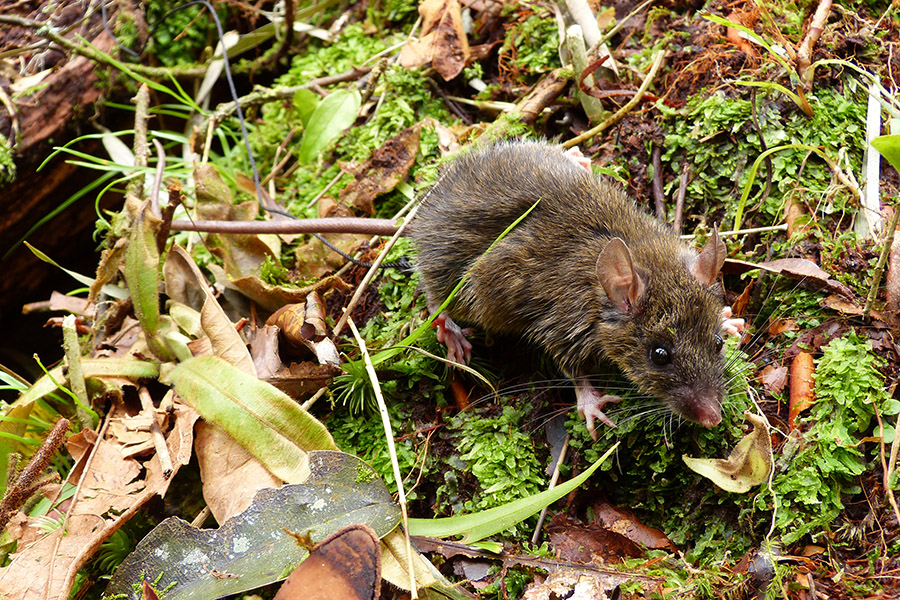
When animals are isolated on an island, all bets are off as to how they will evolve and whether an animal will branch out into a new species.
Australia has several types of kangaroos and Madagascar has many different lemurs. But just how much space a given species needs in order to evolve is a looming question.
FSU Professor of Biological Science Scott Steppan is part of a team of scientists that is trying to find an answer. He and his colleagues found that for small mammals, an area smaller than the state of Connecticut can still result in major species diversification.
Specifically, researchers found that four species of mice evolved from a common ancestor on Mindoro Island in the Philippines, making it the smallest known island where one kind of mammal has branched out into many more species.
Their research is published in the Journal of Biogeography.

The findings could have long-term implications for scientists trying to narrow down the exact space needs for evolution and for conservationists looking at shrinking wildlife.
“To me, the exciting part is setting up a new question, calling people’s attention to what’s potentially a lucrative field of inquiry,” Steppan said. “But this also has broad implications for conservation. For example, how big of an area do you need to preserve?”
Steppan has been teaming with researchers from the Field Museum in Chicago for several years to examine the scope of diversity in species in the Philippines. The area is ripe for research because it has a varied topography, with both mountain ranges and tropical forests.
Previously, the smallest island where scientists knew mammal species had diversified was Luzon, an island in the Philippines about the size of Virginia. But the team guessed that nearby Mindoro — about two-thirds the size of Connecticut —may also show the same type of diversity.
In contrast, Puerto Rico, which is roughly the same size as Mindoro, is the smallest known island to see reptile and amphibian populations evolve into new species.
The researchers looked at a group of mice called the Apomys, commonly known as earthworm mice because they love to eat earthworms. These mice typically have big dark eyes, big ears, long soft fur, white feet and dark tails. When the team analyzed the DNA of these mice, they found that the mice belonged to four distinct species, three of which were new to science.
All four developed from a common ancestor, said Lawrence Heaney, co-lead author of the paper and Negaunee Curator of Mammals at the Field Museum. Heaney’s former student Chris Kyriazis is the other co-lead author.
“The results were unambiguous — we’ve got four species of forest mice on Mindoro from one colonization event from Luzon about 2.8 million years ago,” Heaney said. “And three of those four mouse species are found on their own separate mountains.”
This project was supported by a grant from the National Geographic Society. Scientists from the Natural History Museum of Utah also contributed to this study.




